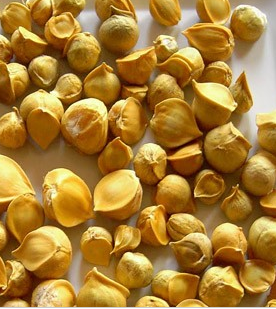Snow Mountain Garlic
Snow Mountain Garlic
Snow Mountain Garlic comes from the non-polluted mountains in the Himalaya, (Normal Garlic grown below
ground level comes from soil that could be contaminated by chemicals, pesticides, industrial pollutants,
contaminated river and ground water and air). Normal garlic is difficult to be eaten in the raw state
easily. It is acidic . Snow Mountain Garlic is palatable and easily consumed and does not harm your
stomach or intestines. In fact,it improves the metabolism of your intestines according to research of
4.5 years. With normal consumption of 2 big bulbs daily. It will take 2 to 3 months for improvements to
be noticed.The Early signs are:
1. Easier bowel movements
2. More gas discharge as intestines begin to become more active
3. You have more energy and endurance
4. You do not have to eat a lot – less hungry
5. Joint & muscle pains will diminish
6. Heartburn will diminish
Snow Mountain Garlic is a type of garlic that is named after the mountain where it was first found.
Snow Mountain Garlic has a long history of use in traditional Chinese medicine. It is considered to be a “warm” herb, meaning that it helps to increase energy and circulation. Snow Mountain Garlic is thought to be beneficial for the cardiovascular system, respiratory system, and immune system. It has also been used as a natural treatment for high blood pressure, atherosclerosis, and other cardiovascular conditions.
It is a type of garlic that is used as a seasoning in Chinese cuisine.
It is also known as “flower garlic” because the white bulb resembles a small bunch of flowers. The flavor is mild and slightly sweet, with a hint of licorice. Snow Mountain Garlic is available year-round in most Asian markets.

